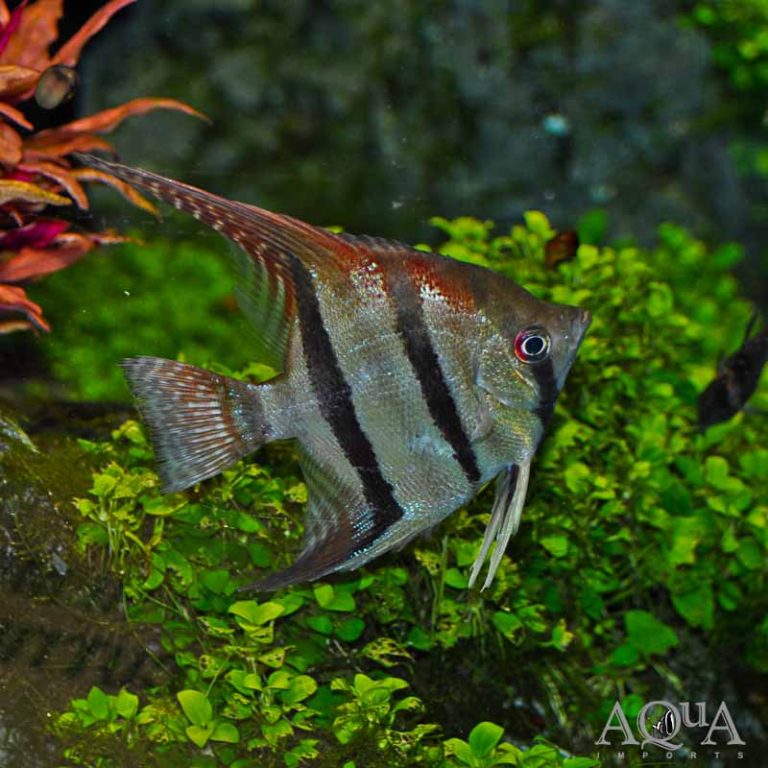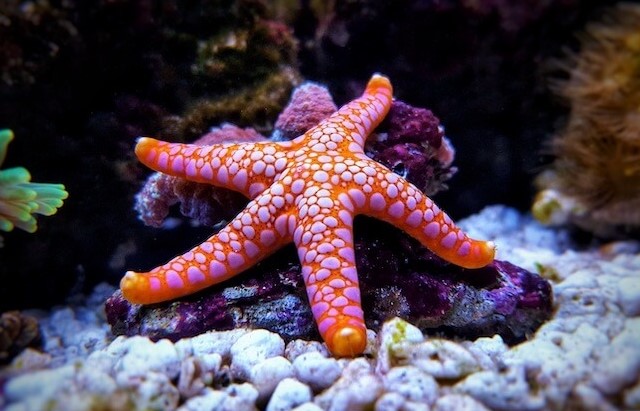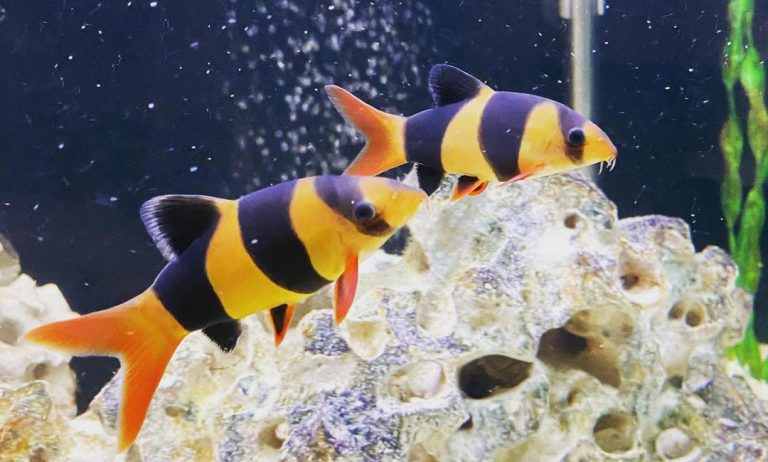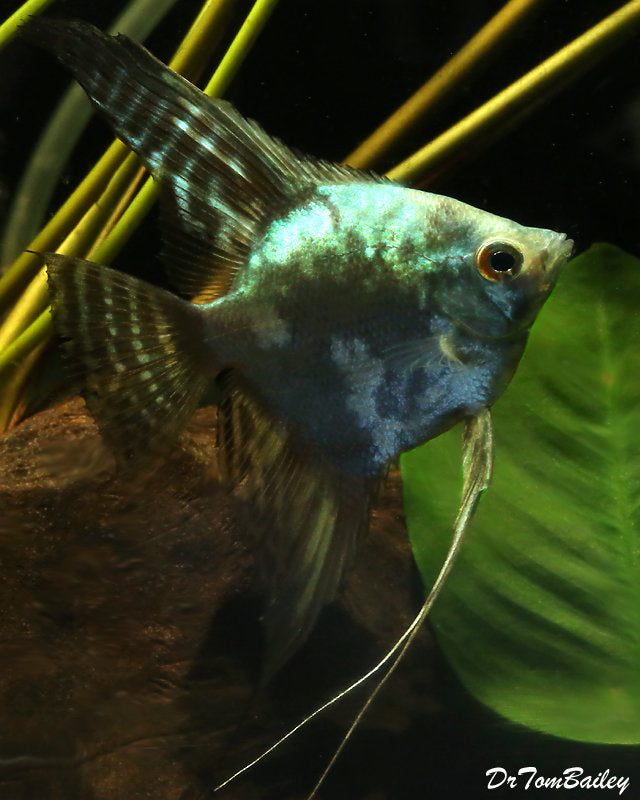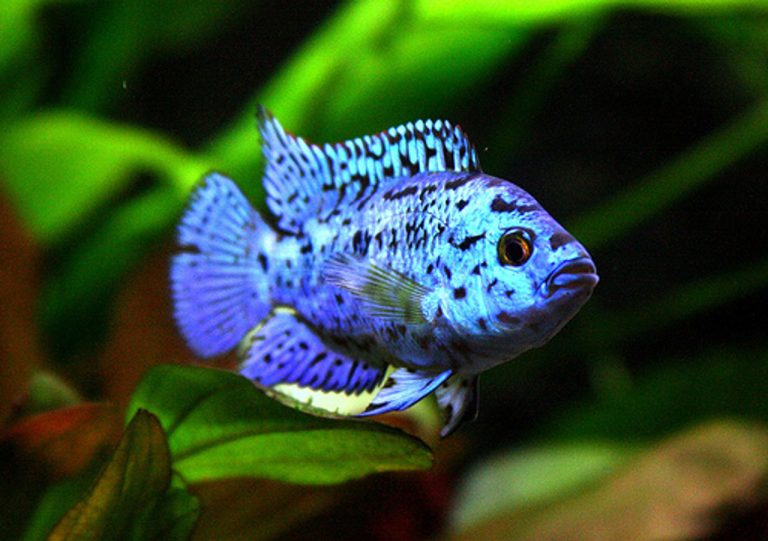Peacock Cichlid
The peacock cichlid is a fascinating and beautiful fish that has become incredibly popular among aquarium enthusiasts. Known for its vibrant colors and unique patterns, the peacock cichlid is a stunning addition to any tank. But what exactly is a peacock cichlid, and what do you need to know before adding one to your aquarium? In this article, we will explore the different aspects of the peacock cichlid, including its physical characteristics, habitat, care requirements, and tips for keeping them healthy and happy in your tank.
The Physical Beauty of the Peacock Cichlid
The peacock cichlid is so named because of its resemblance to a peacock’s vibrant plumage. They are known for their mesmerizing coloration, which includes a wide range of hues such as blues, yellows, oranges, and reds. Their fins are elongated and often have unique patterns, adding to their overall beauty. Additionally, males of the species tend to have more vibrant colors than females, making them even more visually striking.
Origins of the Peacock Cichlid

The peacock cichlid is native to Lake Malawi in East Africa. This freshwater lake is known for its diverse ecosystem, which is home to numerous species of fish. The peacock cichlid is one such species, and it has thrived in this unique environment. Their natural habitat consists of rocky areas with plenty of hiding spots and crevices, where they can seek shelter and establish territories.
Keeping Peacock Cichlids in Your Aquarium
If you are considering adding peacock cichlids to your aquarium, it’s important to create an environment that mimics their natural habitat as closely as possible. This means providing them with plenty of rocks and caves to hide in, as well as sandy substrate and plants to recreate the lake floor. It’s also important to maintain a stable water temperature, pH, and hardness, as these factors can greatly impact their health and well-being.
Feeding Requirements for Peacock Cichlids
Peacock cichlids are omnivorous, meaning they eat both plants and small organisms. In their natural habitat, they primarily feed on small invertebrates, worms, and algae. In captivity, it’s best to provide them with a varied diet that includes high-quality fish flakes or pellets, supplemented with live or frozen foods such as brine shrimp, bloodworms, and daphnia. Providing a balanced diet will ensure that they receive all the necessary nutrients to thrive.
Breeding Behavior of Peacock Cichlids
Peacock cichlids are known for their interesting breeding behavior. Males will establish territories and create elaborate displays to attract females. Once a female is enticed, she will lay her eggs in a carefully prepared spawning site. The male will then fertilize the eggs and guard them until they hatch. It’s important to provide plenty of hiding spots and separate breeding tanks if you wish to breed peacock cichlids successfully.
Compatibility with Other Fish
When selecting tankmates for your peacock cichlids, it’s vital to consider their behavior and temperament. They are generally peaceful fish, but males can become territorial, especially during breeding. It’s best to house them with other peaceful species that can withstand their occasional displays of aggression. Avoid keeping them with aggressive or fin-nipping fish, as this can cause stress and harm to the peacock cichlids.
Frequently Asked Questions:
Q: How large do peacock cichlids grow?
A: Peacock cichlids can grow up to 6 to 8 inches in length, depending on the species. It’s essential to provide them with adequate space to swim and grow in your aquarium.
Q: Can peacock cichlids live with other types of cichlids?
A: Peacock cichlids can coexist with other types of cichlids as long as the tank is large enough and there are plenty of hiding spots. It’s crucial to choose cichlids with similar temperaments and compatibility requirements.
Q: How often should I feed my peacock cichlids?
A: Feed your peacock cichlids two to three times a day, offering an amount of food they can consume within a few minutes. Be mindful not to overfeed them, as this can lead to health issues and poor water quality.
Final Thoughts
Peacock cichlids are undoubtedly a captivating species that can bring joy and beauty to any aquarium. Their vibrant colors and unique behavior make them a favorite among hobbyists. However, it’s crucial to provide them with suitable conditions and companions to ensure their well-being. By recreating their natural habitat and providing a balanced diet, you can create a thriving environment for these stunning fish. So, if you’re looking to add a touch of elegance to your tank, consider adding peacock cichlids- you won’t be disappointed!

